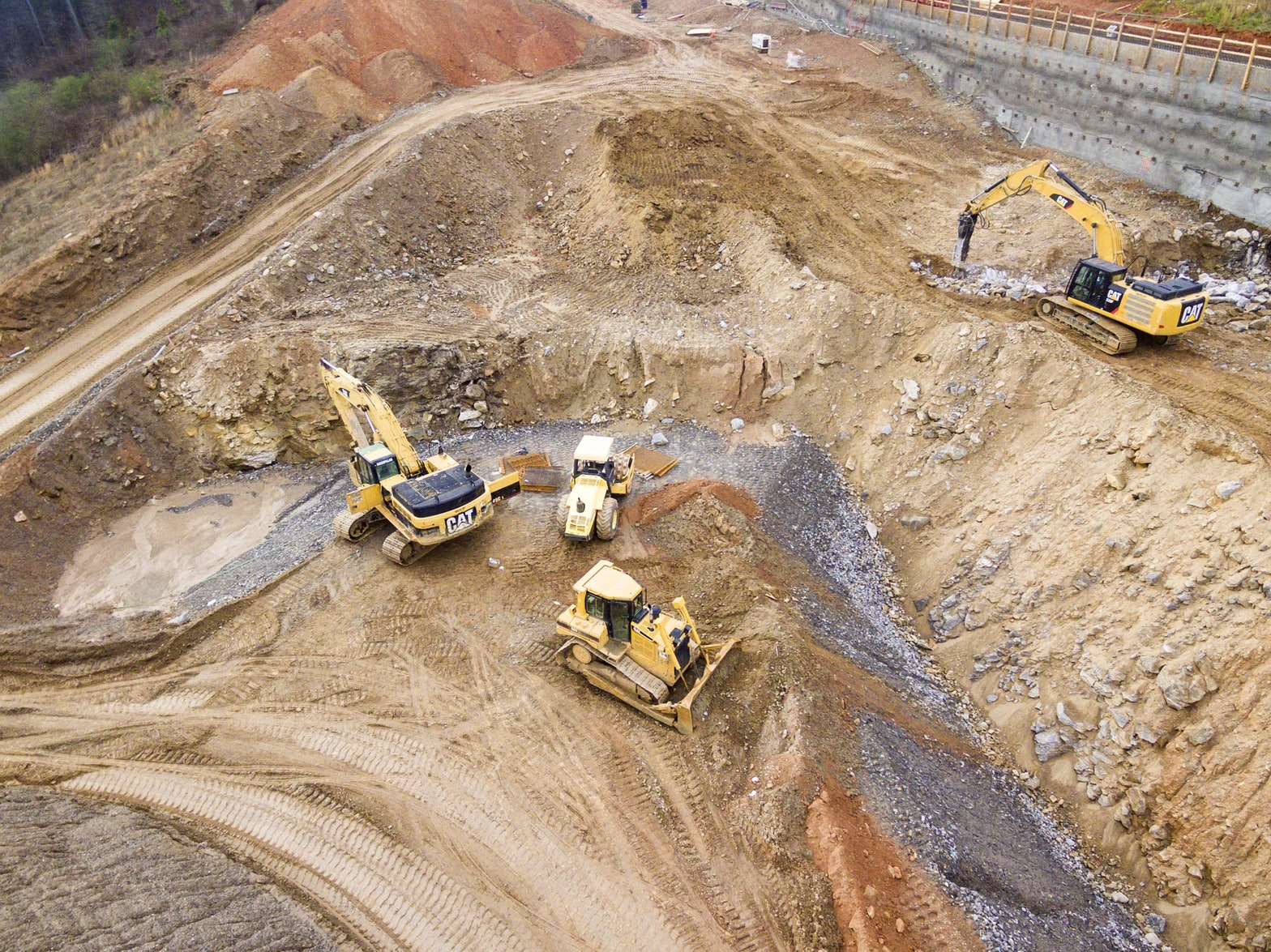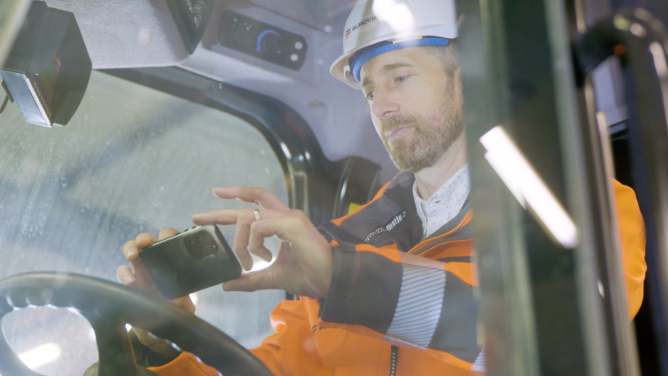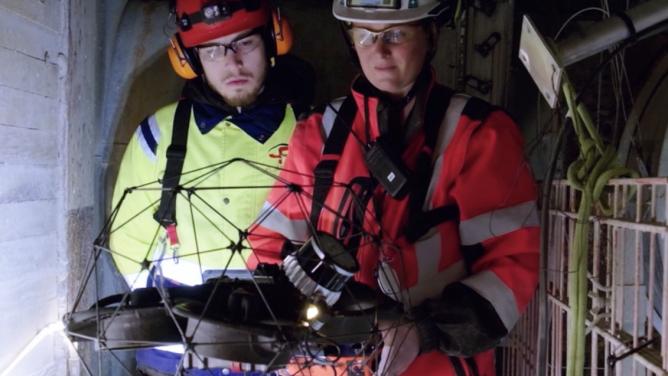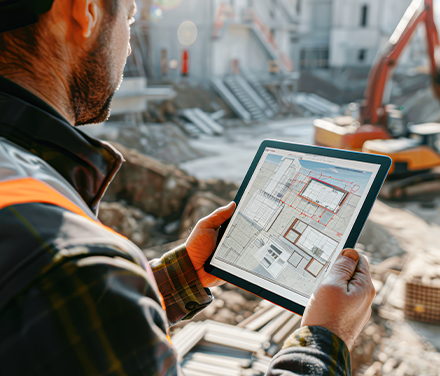
Nowadays, no conversation about the vehicles of tomorrow is complete without touching on autonomy. This notion has even stretched to building and civil engineering vehicles and machinery, and most manufacturers are busy on this front too. There have been a few leaps forward recently, but self-operating worksite lorries and diggers are still somewhere in the relatively distant future. Zooming out, however, we’re seeing other breakthroughs in teleoperation, operator assistance and autonomy.
The road to full autonomy
The first field trial involving a self-driving truck, designed by Volvo, is about to start in a Brønnøy Kalk mine in Norway. Does this mean the technology will go mainstream soon? Not exactly, replies Didier Thevenard, Eurovia Director of Equipment: “Mines provide the right environments. Lorries operate in cycles, following the same tracks over and over again, so you’re really talking about vehicles guiding themselves rather than actually driving themselves. In tighter and busier worksites, there’s much more interaction. And, in open areas, there’s no repetition. So we won’t be letting self-driving vehicles loose in our worksites just yet.” The vehicle-manufacturer buzz here, in other words, needs to be taken with as much of a pinch of salt as the announcements about self-driving road-going cars.
That being said, on-board technologies are transfiguring the way worksite machinery is used. The machines have more and more sensors, and driver assistance is becoming more efficient and effective. At the latest Bauma trade fair, the Technical University of Munich won the Innovation Prize for its system using augmented reality, holograms or digital models to assist operators, limit the mistakes they might make and increase their performance. Cockpit virtualisation is also opening up new prospects: “Machines are becoming drones,” Didier continues. The possibility of remote-controlling worksite machinery is also giving rise to new possibilities. Operators, for instance, will be able to manage several machines at once, reducing machinery and crew travel. “The only drawback today is the quality of the controls: you need an extremely reliable communication network”, Didier adds. And companies are already busy figuring out how to provide it: Doosan, a South Korean conglomerate, is teaming up with LG to harness 5G power in teleoperation.
Comfort, safety and efficiency to make operators’ jobs easier
New technologies are clearly influencing worksite machinery performance, but the main beneficiaries here are the operators. “Today, operators are at the centre of the system,” Didier explains. The biggest step forward is in safety. There are more alert mechanisms and arrays of sensors to significantly limit the risk of accidents. Teleoperation also reduces risks – for example during demolition work.
Operators’ jobs, in other words, are changing: “They’re doing more supervising and less driving.” As they don’t have to worry about several of the more basic tasks, they can focus more on working more efficiently. Similarly, operators who aren’t confined to cockpits can be more in touch with the construction itself!


